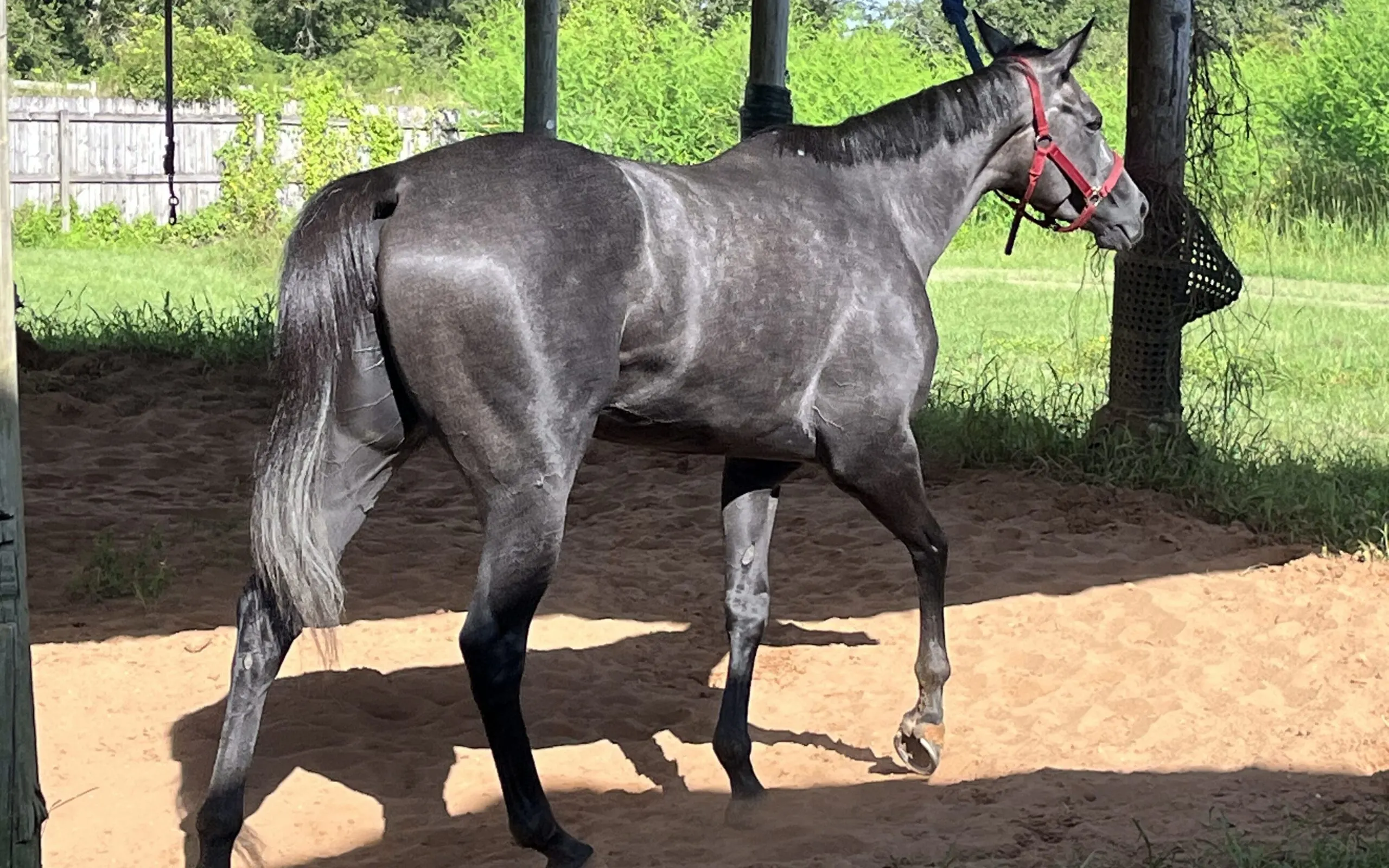Understanding the Term ‘Filly’
In the world of equine sports, the term filly definition refers specifically to a young female horse. To be classified as a filly, the horse must be under the age of four. After reaching this milestone, she is then known as a mare. This distinction is not merely a matter of semantics but is crucial for categorization in breeding and racing contexts.
Thoroughbred Filly and Horse Racing Terminology
The phrase thoroughbred filly is frequently used within the sphere of horse racing terminology. It denotes a young female of the Thoroughbred breed, which is the most common breed in the horse racing industry. Thoroughbreds are known for their agility, speed, and spirited temperament, making them ideal competitors on the racetrack.
Characteristics of a Racing Filly

Physical and Behavioral Traits
Identifying racing filly characteristics involves observing both physical and behavioral traits. Physically, fillies may be slightly smaller and more refined than their male counterparts, though this is not a strict rule. Behaviorally, a filly can be spirited and feisty, which can be both an asset and a challenge in training.
Racing Filly Characteristics vs. Other Horses
When comparing racing filly characteristics to other horses, subtle differences emerge. Fillies tend to mature faster than colts, which can impact training schedules and racing strategies. Moreover, they may require different management and handling techniques to accommodate their unique temperaments.
Filly Horse Racing

The Role of a Female Racehorse in Competitions
The role of a female racehorse in competitions is pivotal. Fillies often compete against each other in gender-specific races, which allows them to showcase their talents without being overshadowed by the typically larger and stronger males. This has led to a rich culture of filly-specific races and events.
Filly Race Competitions and Events
Filly race competitions are a cornerstone of the horse racing calendar. Events like the Kentucky Oaks in the United States and the 1,000 Guineas in the United Kingdom are prestigious races that exclusively feature fillies. These events not only celebrate the prowess of young female racehorses but also contribute to their value as future breeding stock.
Filly vs. Colt

Differences in Racing and Development
The debate of filly vs. colt in racing circles is ongoing. Fillies and colts develop at different rates, with fillies often reaching physical maturity sooner. This can give them an advantage in races at younger ages, although colts typically catch up and may surpass fillies in strength as they age.
Training and Racing Considerations
When weighing the considerations for training and racing, the filly vs. colt consideration is significant. Trainers may tailor their methods to suit the psychological and physiological needs of fillies, focusing on finesse and agility over brute strength. This specialized approach helps maximize a filly’s performance on the track.
Types of Racing Fillies

Yearling Filly
A yearling filly is a female horse between one and two years old. This is a formative period, as the yearling is transitioning from a foal to a more mature horse. Training at this stage is gentle and foundational, setting the stage for more rigorous training and racing in the future.
Two-Year-Old Filly
The two-year-old filly represents the next step in the racing journey. At this age, fillies may begin their racing careers, as they are physically developed enough to handle the stresses of the track. This is a critical time for identifying potential champions and nurturing their abilities.
History and Evolution of the Racing Filly

Origins of Filly in Horse Racing
The origins of the term filly in horse racing trace back to the earliest days of the sport. Originally, the word was used more broadly to describe any young horse. Over time, as the sport became more organized, the term evolved to refer specifically to young female horses.
If you’re new to horse racing or equine terminology, you may wonder about the different terms used to describe horses. A “filly” refers to a young female horse, typically under the age of four. For more detailed information, check out our article on what is a filly horse. It’s also interesting to note the differences between fillies and other horse types in racing. For example, a thoroughbred horse is a breed known for its agility and speed, often seen in the racing industry. On the other hand, the term “stallion” refers to a mature male horse that has not been castrated, known for its strength and breeding potential; learn more in our piece on what is a stallion horse. Understanding these terms is crucial for anyone looking to get involved in horse racing or equestrian activities.
Evolution of Female Racehorse Participation
The evolution of female racehorse participation has been marked by milestones and achievements. Initially, fillies were often overshadowed by male horses, but as the sport evolved, their contributions became undeniable. Today, fillies are celebrated for their unique qualities and have a firm place in the annals of horse racing history.



